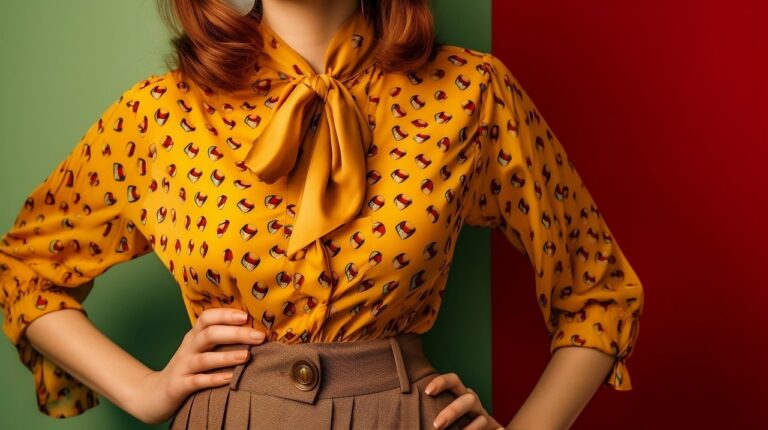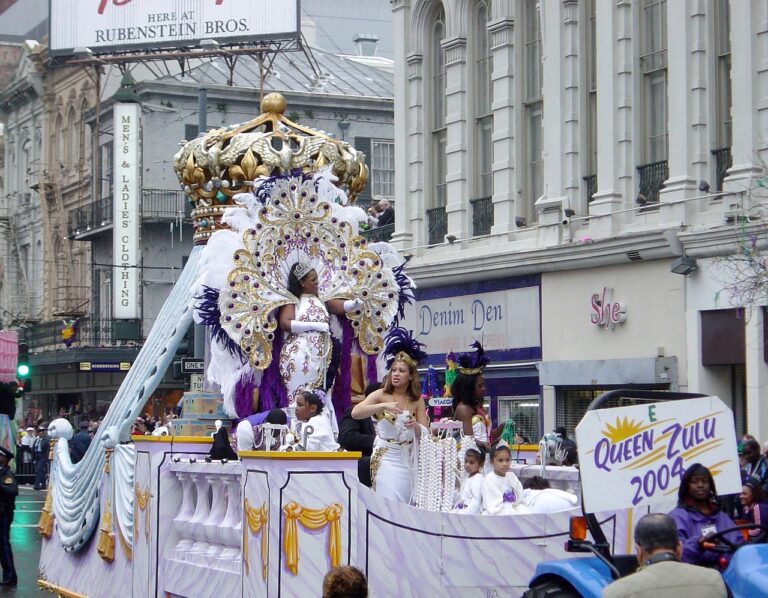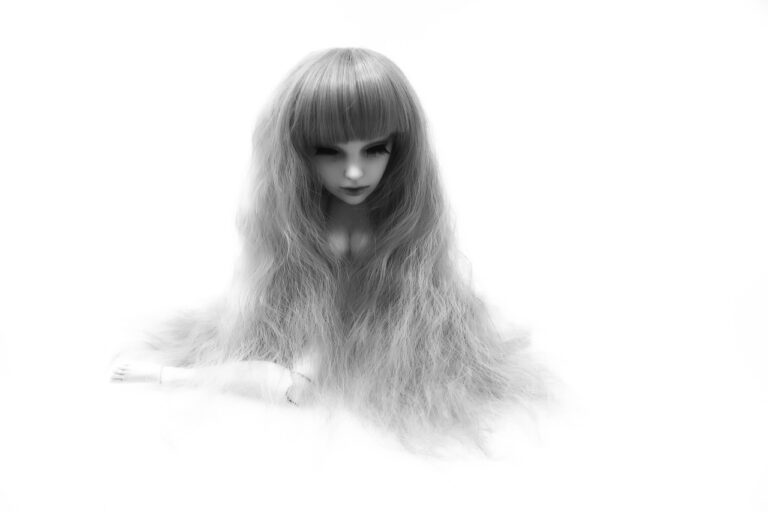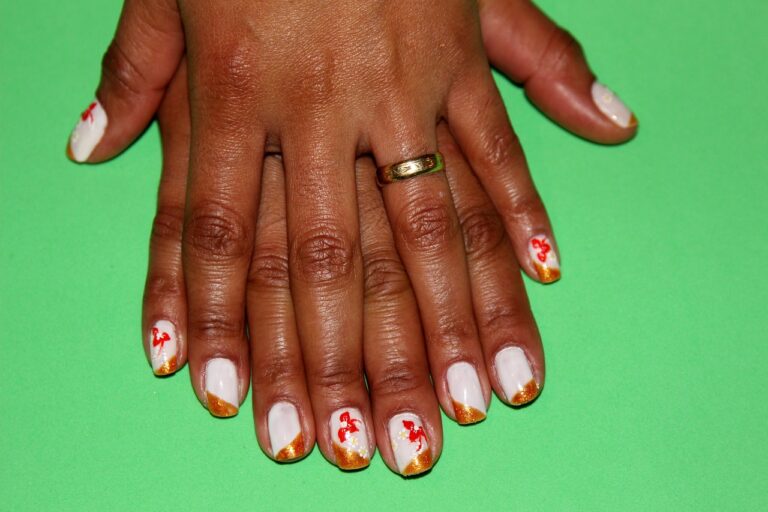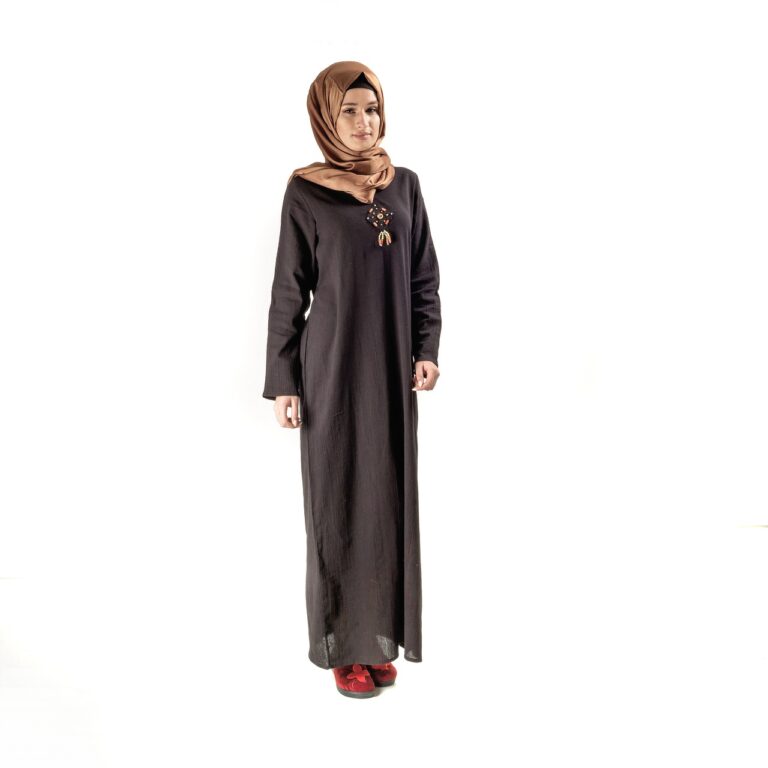Fashion Sustainability: Reducing Waste Through Upcycling and Circular Design
In recent years, the fashion industry has come under increased scrutiny for its environmental impact. As one of the largest polluting industries in the world, the fashion sector is facing growing pressure to adopt more sustainable practices. One of the key ways fashion brands can reduce waste and minimize their impact on the environment is through upcycling and circular design.
What is Upcycling?
Upcycling is the process of transforming discarded or unused materials into new products of higher value. Unlike recycling, which breaks down materials to create new ones, upcycling involves repurposing existing materials in their original form. This not only reduces waste but also gives new life to items that would otherwise end up in landfills.
One of the most common examples of upcycling in fashion is turning old denim jeans into trendy denim jackets or skirts. By repurposing old garments, fashion brands can create unique pieces that stand out in a crowded market while also reducing the amount of textile waste generated.
The Benefits of Upcycling
There are several benefits to incorporating upcycling into fashion design, including:
- Environmental impact: By reusing existing materials, upcycling helps to reduce the demand for new resources and lessens the amount of waste generated.
- Creative expression: Upcycling allows designers to think outside the box and create one-of-a-kind pieces that showcase their unique vision and creativity.
- Economic value: Upcycled products can often command a higher price point due to their uniqueness and sustainable appeal, providing a valuable revenue stream for fashion brands.
What is Circular Design?
Circular design is an approach to product design that aims to create products with minimal waste and maximum longevity. In the context of fashion, circular design involves designing products with the end of their lifecycle in mind, considering how they can be reused, repurposed, or recycled.
One of the key principles of circular design is extending the lifespan of products through durable construction and repairability. By creating garments that are built to last, fashion brands can reduce the frequency at which consumers need to replace their clothing, thereby reducing waste and environmental impact.
The Role of Technology in Fashion Sustainability
Advancements in technology have played a key role in driving sustainability in the fashion industry. From digital design tools that minimize the need for physical prototypes to blockchain technology that enables transparency and traceability in supply chains, technology is helping to revolutionize the way fashion brands approach sustainability.
For example, 3D printing is being used to create customizable, made-to-order garments that eliminate the need for excess inventory and reduce waste. Meanwhile, AI-powered algorithms are helping fashion brands optimize their production processes to minimize resource consumption and environmental impact.
FAQs
What is the difference between upcycling and recycling?
The main difference between upcycling and recycling is that upcycling involves repurposing materials in their original form, while recycling breaks down materials to create new ones. Upcycling adds value to existing materials, whereas recycling transforms materials into something new.
How can consumers support fashion sustainability through upcycling?
Consumers can support fashion sustainability through upcycling by buying upcycled products, upcycling their own clothing, and choosing brands that prioritize upcycling and circular design. By embracing upcycling, consumers can help reduce waste and support a more sustainable fashion industry.
What are some examples of upcycled fashion?
Some examples of upcycled fashion include turning old t-shirts into tote bags, repurposing vintage fabrics into new garments, and transforming denim jeans into crop tops. Upcycled fashion can take many forms, from simple DIY projects to high-end designer creations.
How can fashion brands incorporate upcycling and circular design into their collections?
Fashion brands can incorporate upcycling and circular design into their collections by sourcing sustainable materials, designing products with longevity in mind, and offering repair and recycling services. By embracing upcycling and circular design principles, fashion brands can reduce waste and minimize their environmental impact.


